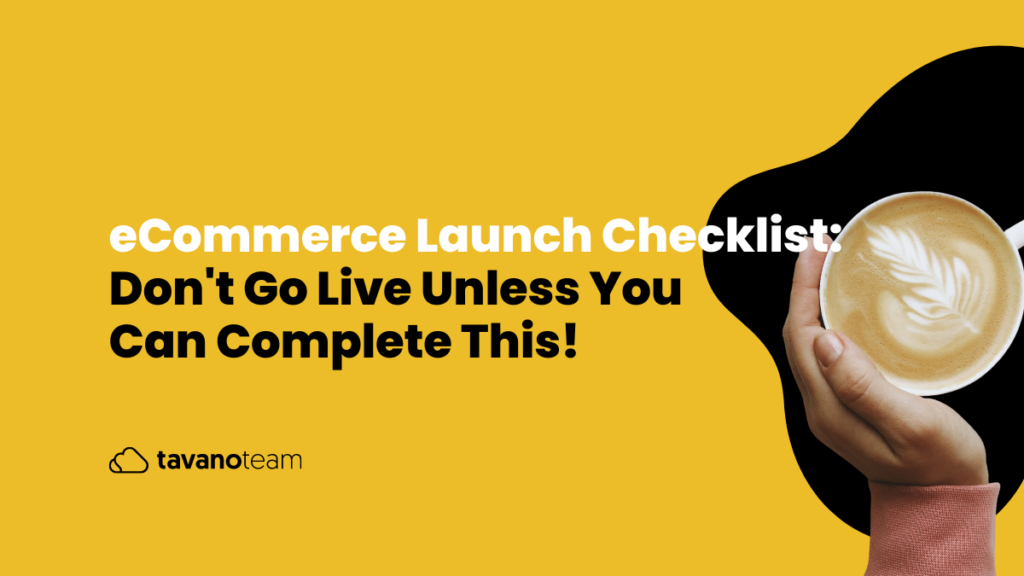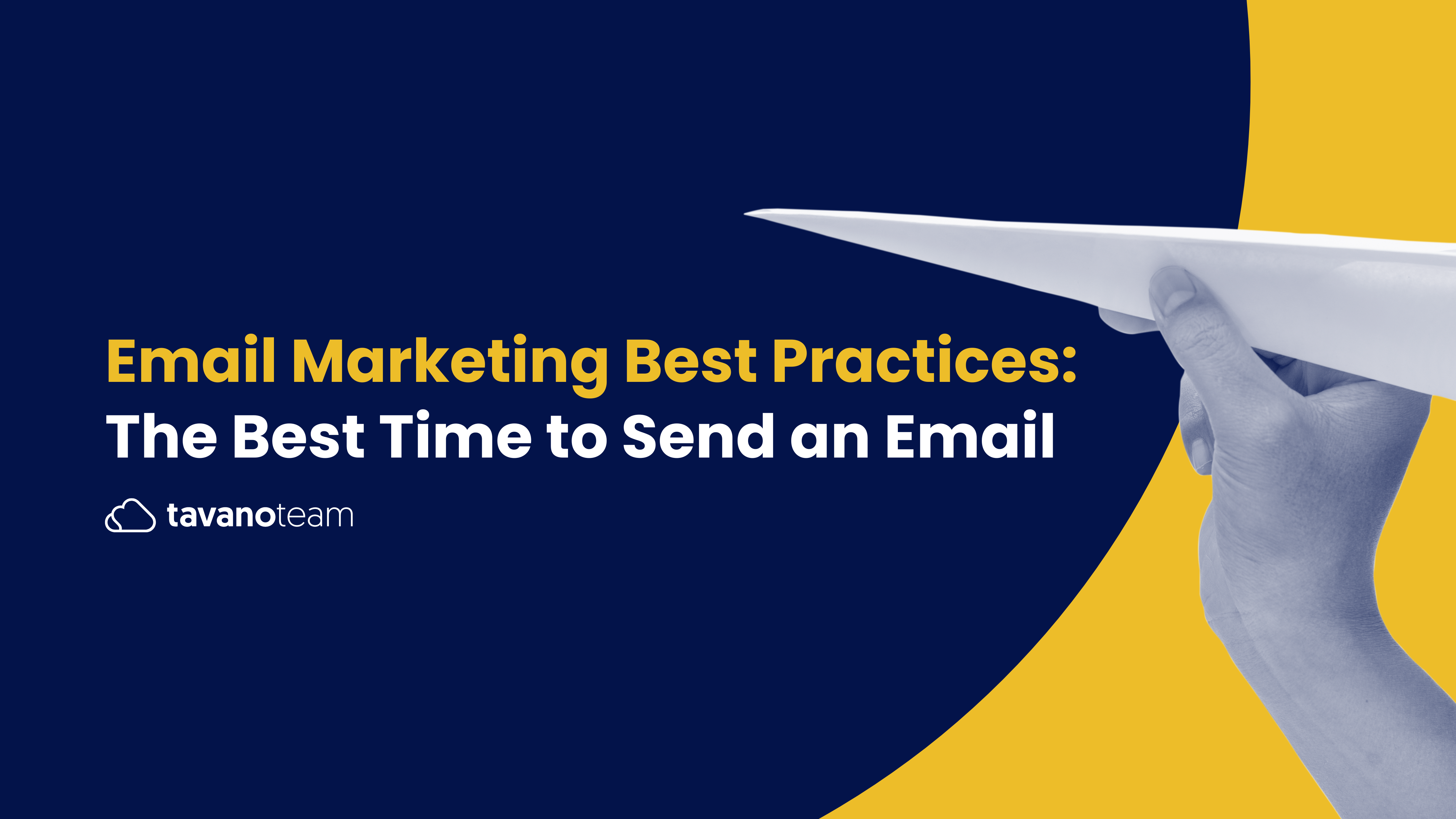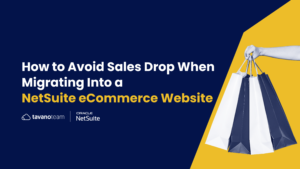So you’re about to launch your new — or renewed — eCommerce site. Congratulations! But, are you missing something? This eCommerce launch checklist will help you make sure everything’s perfect!
Unless you’re living under a rock, you surely know the eCommerce industry is booming like never before. Shopping online has too many perks: you can receive your products the next day, you can make informed decisions, and your shopping experience is highly personalized. Also, you don’t have to leave your bed.
If you are even entertaining the idea of selling your products online, we have the best news for you: there’s never been a better moment to join the online market. Over 75% of people are shopping online at least once a month in 2023, according to Statista, so the time is now!
But you need to be prepared. There are way too many things to remember, and the last thing you want is to forget something and lose your first customers.
The first thing towards starting *anything* is always planning everything through. That’s why today, we’re bringing you a short eCommerce launch checklist that any business should be able to complete before a site launch. We assure you it will prevent you from losing ANY sales.
eCommerce Launch Checklist
#1 – The basics
Starting with the ABCs! The first things you need to check are the most basic. Namely:
- Setting up a custom domain (.com) to ensure trustworthiness and brand authority
- Double-checking spelling and grammar
- Create a marketing plan pre-launch
#2 – Go over your products
Now that we got that out of the way, the most important part of your page is… well, your products! If there are no products, there are no sales. Customers need to have all the information necessary to make their purchase and know exactly what they are buying.
This is why you should make sure your product pages display detailed images that accurately depict your pieces or services with helpful product descriptions, including as much information as possible, the appropriate currency and tax rates, and optimized image tags to drive useful traffic.
# 3 – Make sure you’re rocking those pages
Following the line of product descriptions and their helpfulness towards making customers know everything about your product, your website needs to provide your audience with *all* the information about your brand.
Customers want to engage with the brands they’re choosing, so don’t forget to include the About Us and FAQ pages to clear any possible doubts that may arise and a Contact Us section should they need to reach out to you.
It’s always a good idea to be transparent as well, so including pages for shipping, returns, and refund information and the terms and conditions and privacy policy is a must in every eCommerce page.
A bonus could be adding a Meet the Team page so that your customers get to know the faces behind the counter.
#4 – Site optimization, the key to sales
Your website is nothing without your customers. So thinking of them every step of the way is the minor thing you can do for them. Your site needs to work like the Ariana Grande song: I see it, I like it, I want it. I buy it. As uncomplicated and straightforward as that.
Your job is to guarantee zero friction between the first step of the online purchase process and the last and that your customers leave your website with a smile on their faces – or at least the satisfaction of having purchased easily.
For that purpose, before launching any site, you need to check for site performance: user experience (UX) and speed, mobile optimization and friendliness, and the ease and smoothness of the overall shopping experience.
If you think your website is like a mall where people will be window-shopping for hours, you’re wrong. Online shoppers are much more impatient while e-shopping than when they do in person.
Customers will bounce away if they can’t find what they’re looking for or if they can’t buy what they want right away. Did you know 40 % of people will leave your website if it loads in more than 3 seconds? Yes, 3 seconds. Those 3 seconds are the difference between them buying your product or turning to your competitor.
This is where UX comes in. You need to corroborate that:
- Menus are simple and displayed clearly
- Products can be found accordingly using the site’s search bar (if you don’t have one, then this is your queue to add it to your site ASAP)
- Every one of your sorting options for your products is working correctly for shoppers to find the items they need, easy peasy
- The footer menu includes all the links to the important pages we mentioned before in the article
#5 – If you’re ignoring Google, stop
Are you considering Google? If the answer is no, you’re back on step one. Search engines like Google care about your site’s performance and use it as a metric to rank your site on their search results page. Do you know how when you Google, you see things in a different order? That’s precisely the Google ranking in play, and we want to be friends with it so that we’re #1, right?
Well, if your site load times are long and your shoppers bounce back, Google will not be your friend any longer and will penalize your online site by taking it down a notch in the rankings.
How can you solve this, you ask? With subtle changes, like making image compression on your site automatic, so the site doesn’t slow down with huge-sized images, or optimizing the site for mobile users, as it plays a significant role in SEO — Google primarily uses the mobile version of the content for ranking.
It’s also always lovely to be mobile-friendly, as around 50% of global internet usage now occurs on phones and mobile devices.
#6 – Plan ahead before having any technical difficulties
Before launching, make sure you plan in case of technical issues. These arise when we least expect them, and they’re not pleasant to handle when you’re in the middle of a populated website launch – plus, they hurt your brand’s reputation.
Before pressing the publish button, back up the store’s data in case of glitches or other issues. Also, verify you’ve set up your inventory and planned on how to manage it, as well as your payment gateways.
Choose which tasks will be automated – and which won’t-; whether you’ll set up email service providers for your transactional email marketing campaigns to work smoothly with your site; and last but not least, cater for your customers’ shipping needs and expectations.
You might be anxious to launch your website and make your first sales, but you’re never too ready. Perform at least one full test on your entire customer journey before going live to ensure nothing is missing.
The grand finale
And our final, humble advice: hope for the best and plan for the worst. Assume your products will fly off the shelves – and prepare for it!
For further info on how to optimize your eCommerce growth strategy, do not hesitate to contact our NetSuite eCommerce experts!




